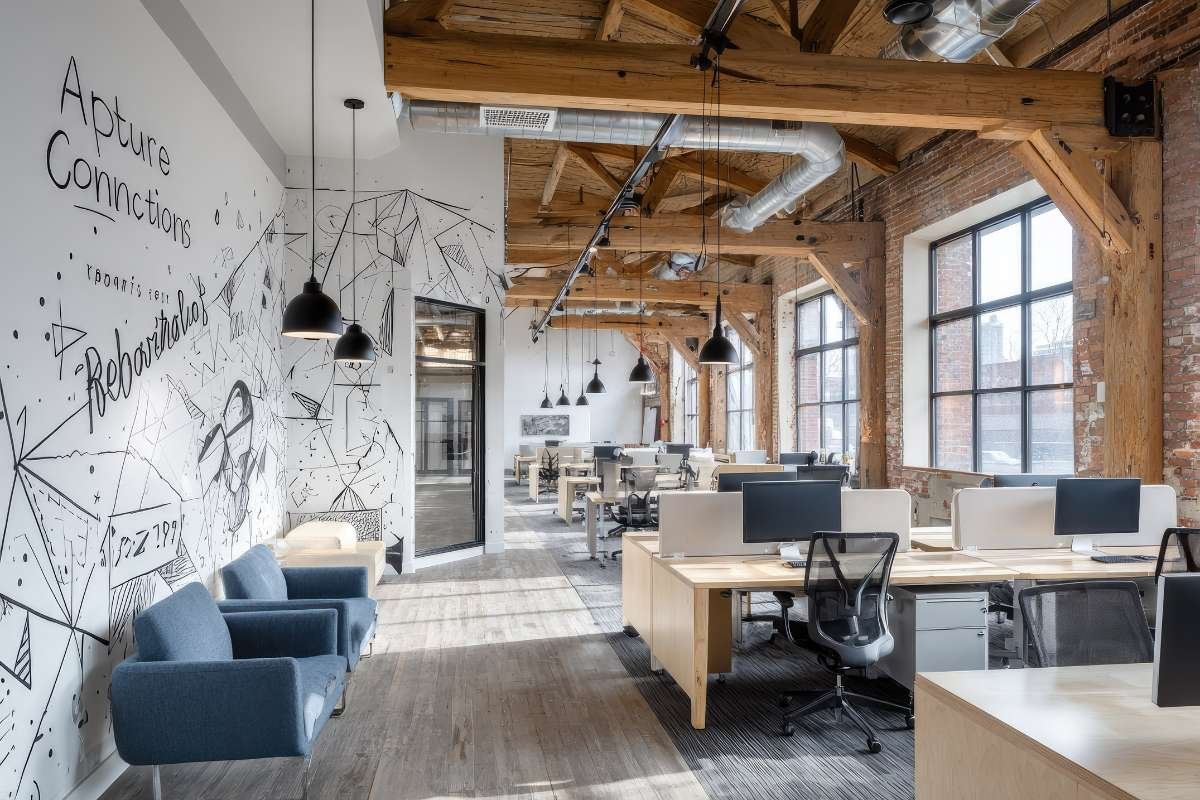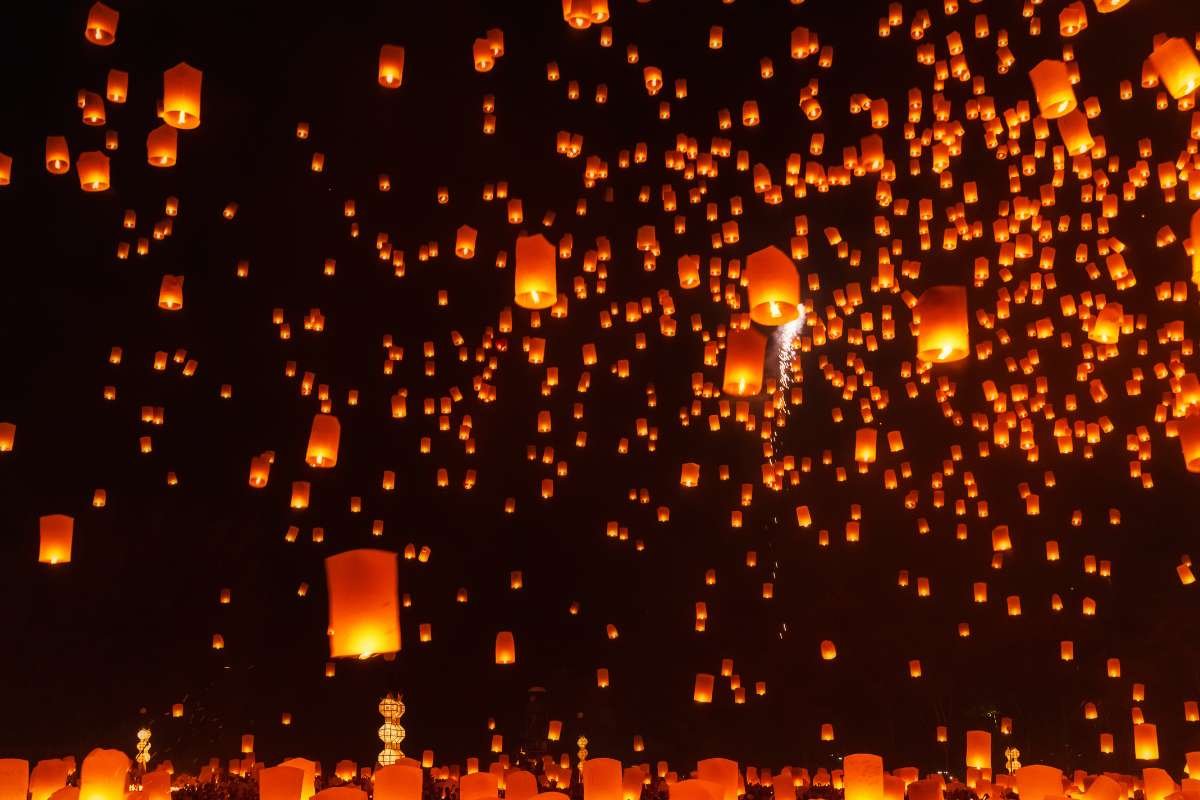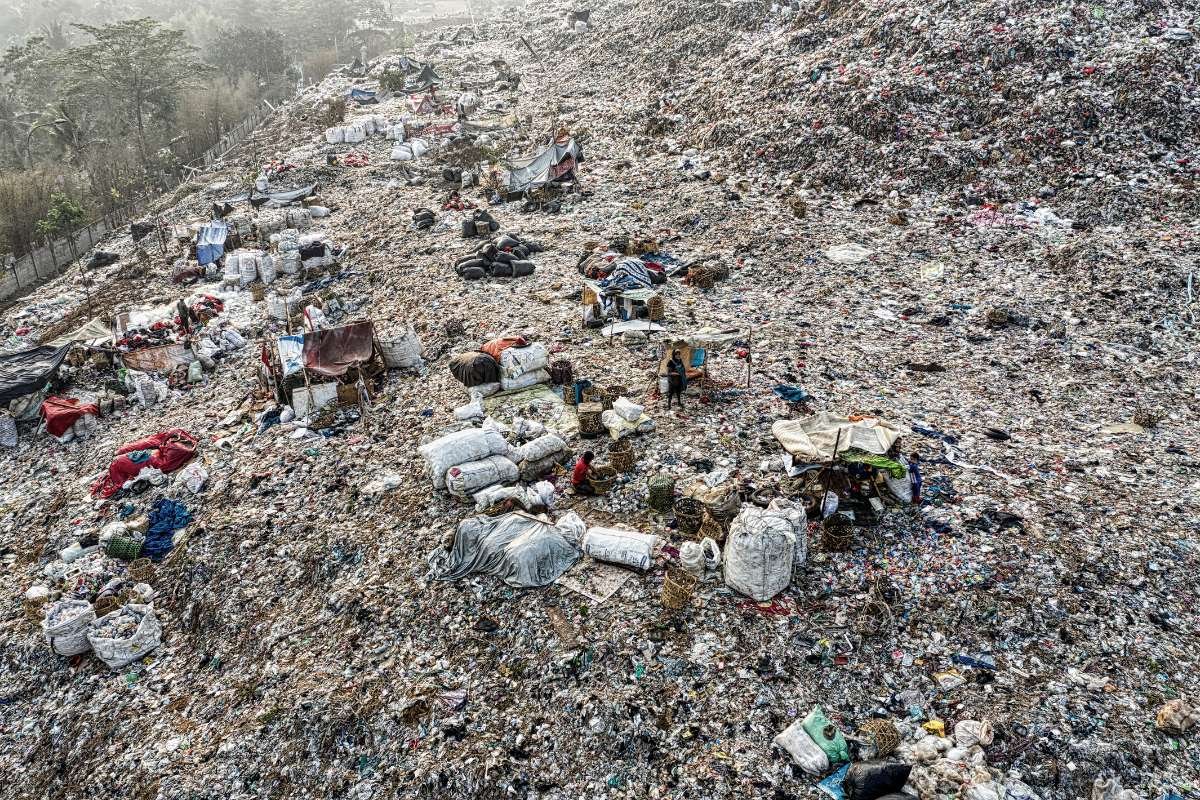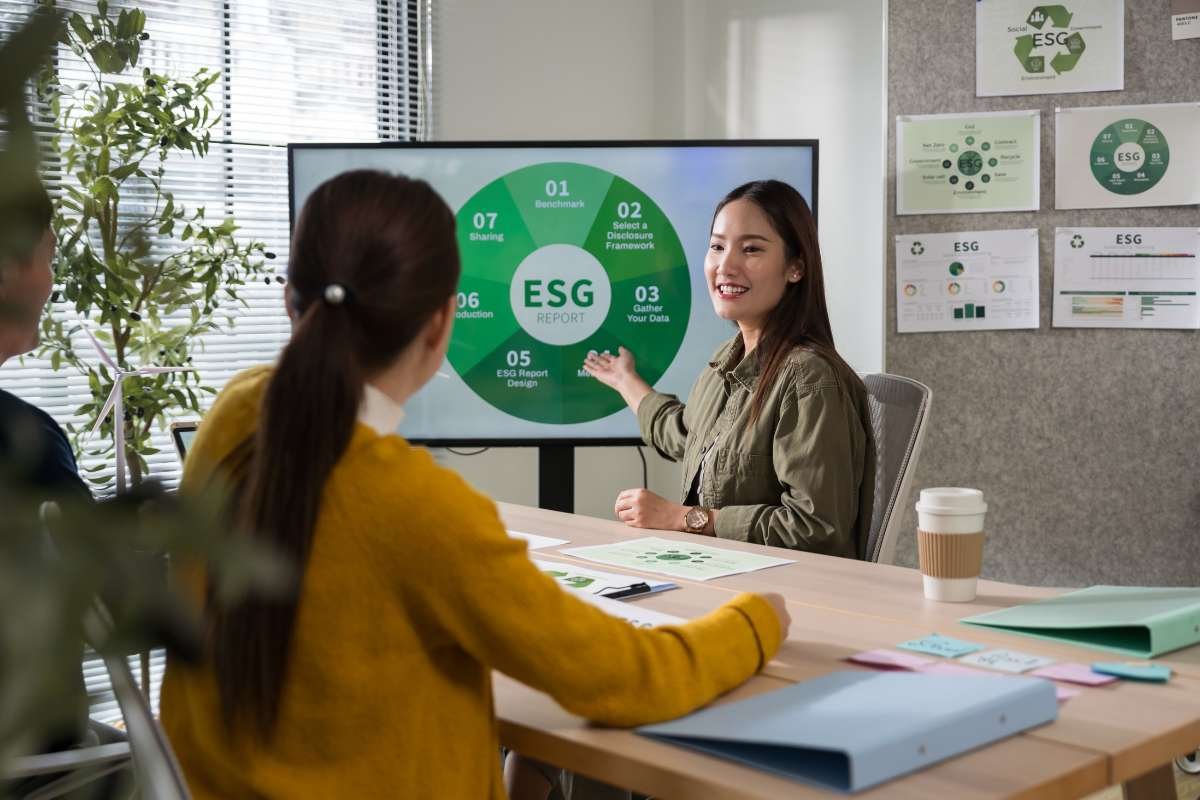City living has its energy—but also its limits. When sidewalks are too crowded, benches are nowhere in sight, and lighting is poor, the urban environment starts to wear people down. Public spaces that should invite pause and connection end up feeling rushed or overlooked. And as cities expand, that gap between movement and comfort only grows.
But small outdoor urban improvements can make a big difference. A few benches placed with intention, a shaded corner near a playground, or a well-lit path can shift how people experience a space—transforming frustration into ease, and complaints into appreciation. These upgrades aren’t flashy or expensive, but they speak volumes. Thoughtful changes show people their comfort matters.
Removable Bollards That Prevent Illegal Parking Without Damaging Streets
Quick and flexible solutions can instantly help city streets. One useful option for managing where cars can and can’t go—especially in busy areas—is the use of removable bollards, which are easy to install and can be adjusted or moved for events. This helps cities stay flexible without spending a lot on repairs. They can also look nice and fit in with the surroundings.
Keeping pedestrians and vehicles in balance is key to safety. Removable bollards can often be installed without digging up much pavement, which minimizes surface damage. Flexible placement options help prevent illegal parking while avoiding major disruptions. It makes sense for cities to assess high-traffic zones and determine strategic locations for maximum impact as part of their outdoor urban improvements strategy.
Shaded Seating Structures That Keep Public Spaces Comfortable Year-Round

Shade can be the difference between a space people pass by and one they stop to enjoy. During hotter months, benches under trees, permanent covers, or movable umbrellas offer instant relief. Parks, playgrounds, and transit stops become more usable when there’s a break from the sun. People linger longer, kids play harder, and families find reasons to stay.
Well-placed shade isn’t just about comfort—it encourages community, supports health, and turns empty spots into social ones. Selecting the right materials and placing them where people naturally gather can transform how outdoor areas feel throughout the year.
Solar Lighting Systems That Cut Costs And Improve Nighttime Safety
Poor visibility after dark often makes public spaces feel unsafe and unwelcoming. Solar lighting offers a simple fix—brightening walkways, parks, and gathering spots without raising energy bills. Lights can be sleek and minimal or serve as subtle design elements that blend into the surroundings. With no need to connect to the grid, installation is often quicker and less disruptive.
In New York City’s Riverside Park, for example, solar lights along lesser-used paths increased evening foot traffic by nearly 20% within months. Brighter areas tend to attract more people and discourage unwanted activity. When a path feels lit and visible, it feels more walkable. Solar-powered systems add both safety and comfort, while reducing long-term costs and supporting more sustainable outdoor urban improvements.
Drinking Water Stations That Promote Hygiene And Outdoor Activity

Drinking water stations are an easy way to make outdoor areas more attractive, especially for families and active people. Modern designs, like hands-free dispensers, help with hygiene and give people a convenient way to stay hydrated. Some include pet-friendly features too, making it easier for people to bring their dogs along without worrying about water.
Having clean water available helps with public health and encourages people to spend more time outside. Placing these stations near playgrounds or busy paths makes outings more comfortable and can lead to longer visits. It’s a simple addition that supports both health and community interaction, another example of effective outdoor urban improvements.
Durable Bike Racks That Support Alternative Transportation Without Clutter
Adding durable, well-designed bike racks helps cities promote cycling while keeping public areas organized. Secure parking options make it easier for people to choose bikes over cars, reducing traffic congestion and lowering pollution in crowded neighborhoods. Modern rack designs also prevent bikes from being chained to fences or trees, protecting green spaces and building facades.
Placing racks near transit hubs, parks, and shopping districts supports multi-modal transportation and encourages more short trips by bike. Clearly marked bike parking cuts down on sidewalk clutter, keeps walking areas accessible, and shows the city’s commitment to safer, more welcoming streets.
Small changes can reshape how people experience city life. A shady bench, a well-lit path, or a clean water station can turn overlooked corners into places people actually want to be. These upgrades don’t require major construction—just attention to what makes public spaces feel safe, welcoming, and worth spending time in. When streets and parks feel cared for, people notice. They return more often, stay a little longer, and connect more deeply with their surroundings. Focus on areas already full of movement and life, and turn them into places that quietly support those who use them every day.


















